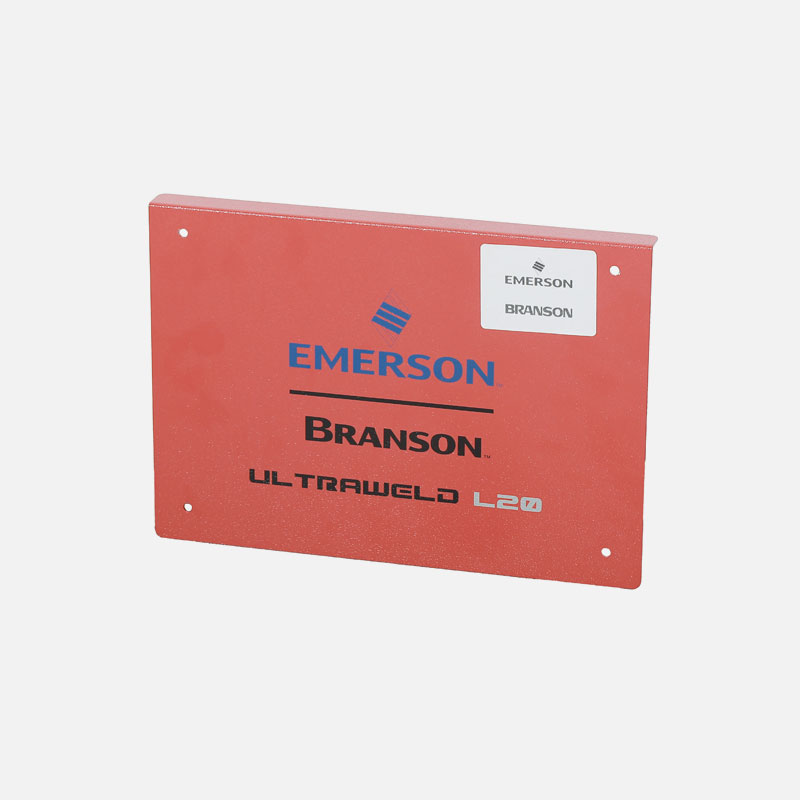The Art and Science of Sheet Metal Stamping and Bending Aluminum
2024-09-19
In the world of manufacturing and fabrication, sheet metal stamping and bending are crucial processes that shape a wide array of products we use every day. Among the materials used in these processes, aluminum stands out for its versatility, durability, and lightweight properties. This blog will explore the intricacies of sheet metal stamping and bending, with a particular focus on aluminum, and highlight the benefits and applications of these techniques.
What is Sheet Metal Stamping?
Sheet metal stamping is a manufacturing process that involves creating shapes and components from flat sheets of metal. The process uses a stamping press to apply force to the metal sheets, which are placed between dies. The dies shape the metal into specific patterns or forms.
Key Stamping Techniques:
1. Blanking: Cutting a flat piece of metal (a blank) from a larger sheet. This is the first step in many stamping processes.
2. Punching: Creating holes or cutouts in the metal sheet by pushing a punch through the material.
3. Embossing: Creating raised or recessed designs on the surface of the metal.
4. Deep Drawing: Shaping the metal into deep, hollow parts by drawing it through a die.
What is Sheet Metal Bending?
Sheet metal bending involves altering the shape of a metal sheet by applying force to bend it at specific angles. This process is used to create parts with various angles and shapes, such as brackets, enclosures, and housings.
Bending Techniques:
1. Air Bending: Using a punch and die to bend the metal sheet without touching the die’s surface.
2. Bottoming: Bending the metal by forcing it against the die, achieving precise angles and shapes.
3. Coining: Applying force to achieve a specific bend with high precision, often used for complex geometries.
Why Aluminum?
Aluminum is a popular choice for sheet metal stamping and bending due to its unique properties:
1. Lightweight
Aluminum is significantly lighter than many other metals, making it ideal for applications where weight is a concern. This property is particularly valuable in industries like automotive and aerospace, where reducing weight can lead to improved fuel efficiency and performance.
2. Corrosion Resistance
Aluminum naturally forms a protective oxide layer that prevents rust and corrosion. This makes it suitable for outdoor applications and environments where exposure to moisture and chemicals is common.
3. Ease of Fabrication
Aluminum is relatively easy to stamp and bend, thanks to its malleability and ductility. It can be shaped into intricate designs and complex geometries without compromising its structural integrity.
4. Recyclability
Aluminum is highly recyclable, and recycling it requires only a fraction of the energy needed to produce new aluminum. This makes it an environmentally friendly choice for many applications.
Applications of Stamped and Bent Aluminum
1. Automotive Industry
In the automotive sector, aluminum stamped and bent components are used to create body panels, engine parts, and structural components. The lightweight nature of aluminum helps improve fuel efficiency and performance.
2. Aerospace Industry
Aluminum is extensively used in aerospace applications for parts such as aircraft panels, fuselage sections, and engine components. Its lightweight and strength properties are crucial for meeting the demanding requirements of aviation.
3. Electronics
Stamped and bent aluminum is used in the production of electronic enclosures, heat sinks, and mounting brackets. Aluminum’s thermal conductivity and ease of machining make it ideal for these applications.
4. Construction
In the construction industry, aluminum is used for window frames, curtain walls, and roofing systems. Its durability and resistance to corrosion make it a popular choice for building materials.
5. Consumer Products
From household appliances to furniture, aluminum stamped and bent parts are found in a wide range of consumer products. The material’s versatility allows for the creation of aesthetically pleasing and functional components.
Benefits of Using Aluminum in Stamping and Bending
1. Cost-Effective
Aluminum is often more cost-effective than other metals due to its abundant availability and ease of fabrication. The reduced weight also lowers shipping and handling costs.
2. Design Flexibility
Aluminum can be easily shaped into complex forms, allowing designers to create intricate parts and components that might be challenging with other materials.
3. Improved Performance
The lightweight nature of aluminum can enhance the performance of products, particularly in applications where weight reduction is a critical factor.
Challenges and Considerations
While aluminum offers numerous benefits, there are some challenges associated with stamping and bending:
1. Tooling Wear
Aluminum can cause rapid wear on tooling due to its relatively soft nature. Regular maintenance and tooling adjustments may be necessary to ensure optimal performance.
2. Springback
Aluminum exhibits a phenomenon known as springback, where the material tends to revert to its original shape after bending. This must be accounted for in the design and fabrication process.
3. Heat Sensitivity
Aluminum can be sensitive to high temperatures, which can affect its mechanical properties. Proper handling and temperature control are essential during the fabrication process.
Conclusion
Sheet metal stamping and bending are essential processes in modern manufacturing, and aluminum’s unique properties make it a preferred material for many applications. Its lightweight, corrosion resistance, and ease of fabrication offer numerous advantages across various industries. By understanding the techniques and benefits of working with aluminum, manufacturers can create high-quality, efficient, and cost-effective components that meet the demands of today’s market.
Whether you’re in the automotive, aerospace, electronics, or construction industry, incorporating aluminum into your stamping and bending processes can lead to innovative solutions and improved product performance. Embrace the versatility of aluminum and discover how it can enhance your manufacturing capabilities.



